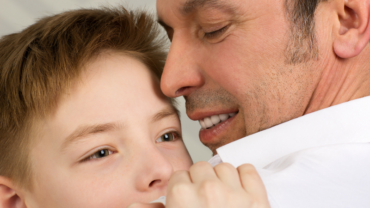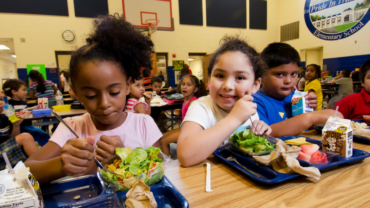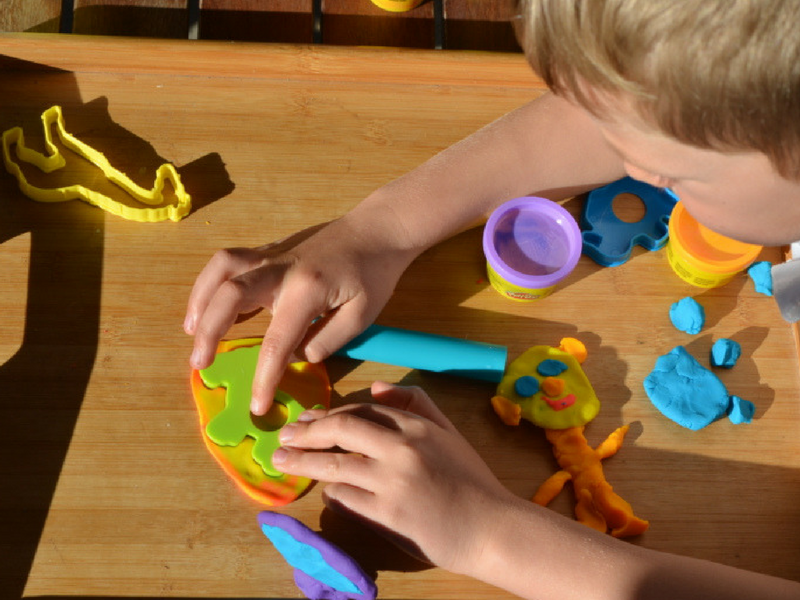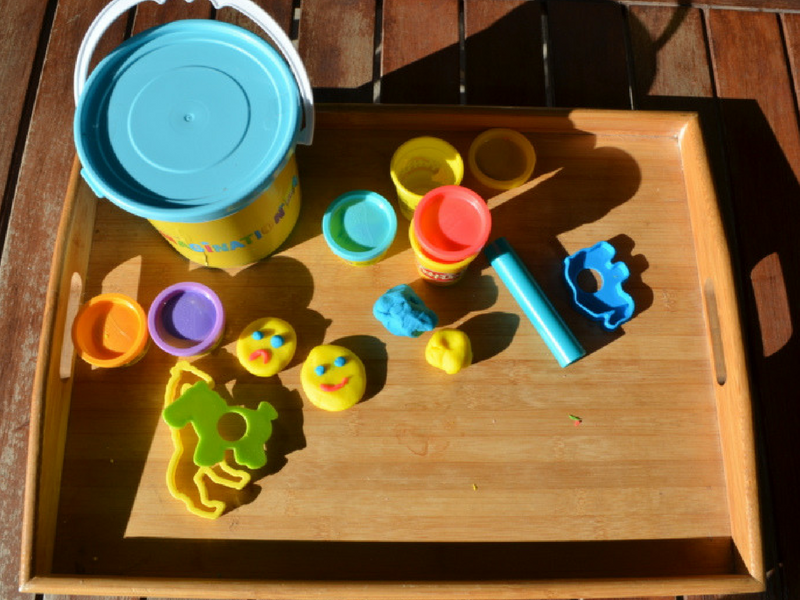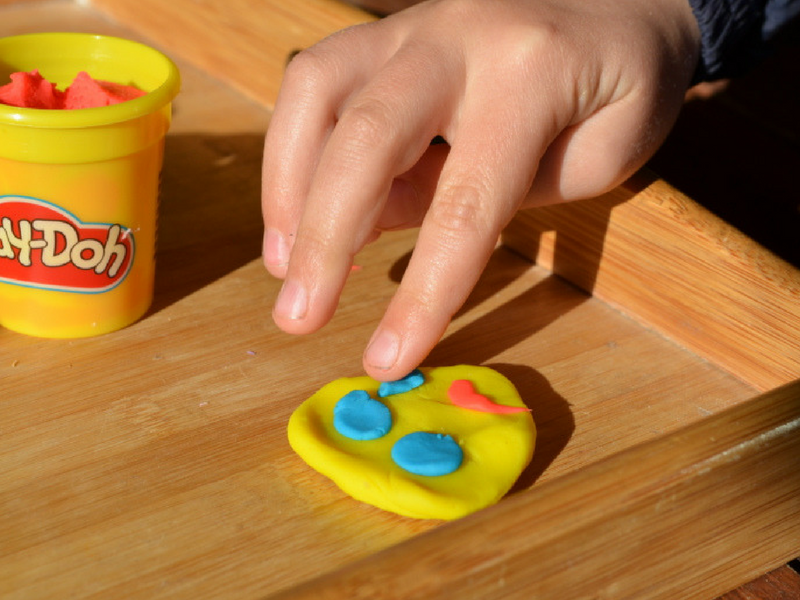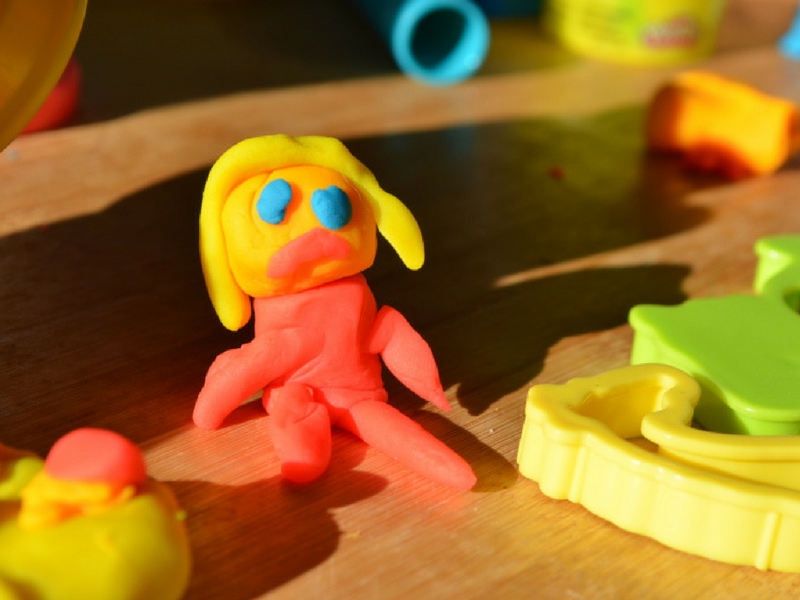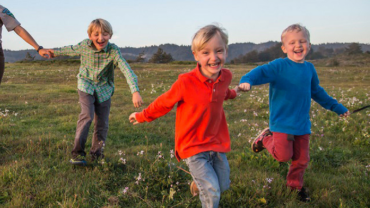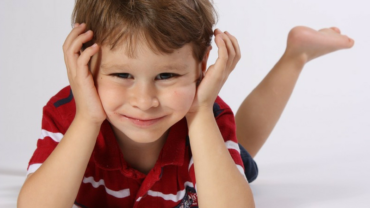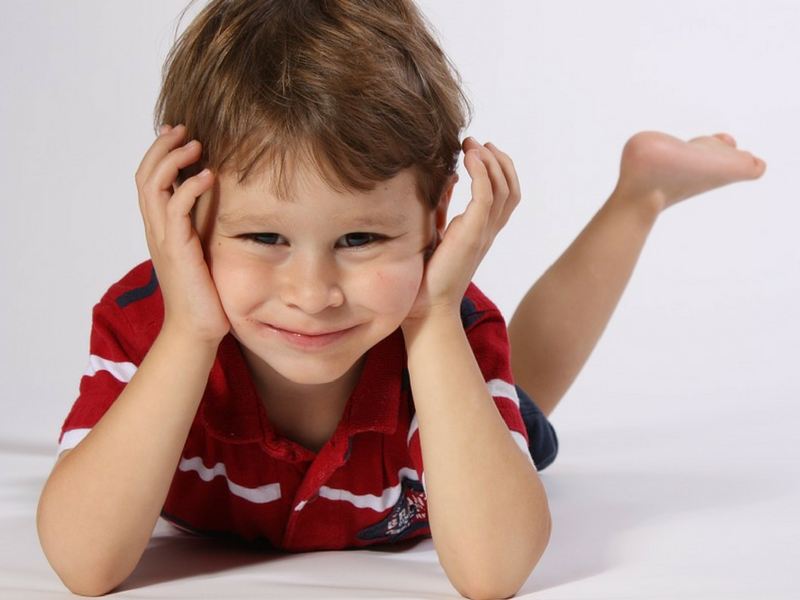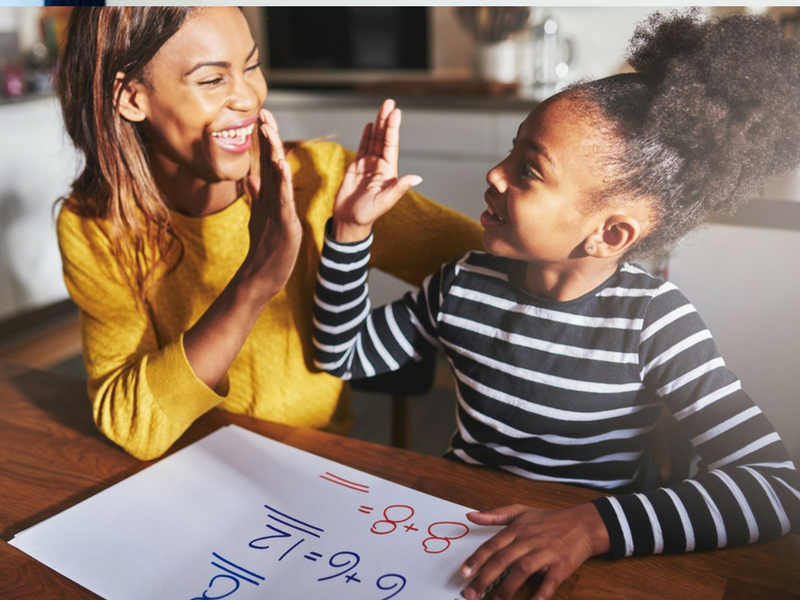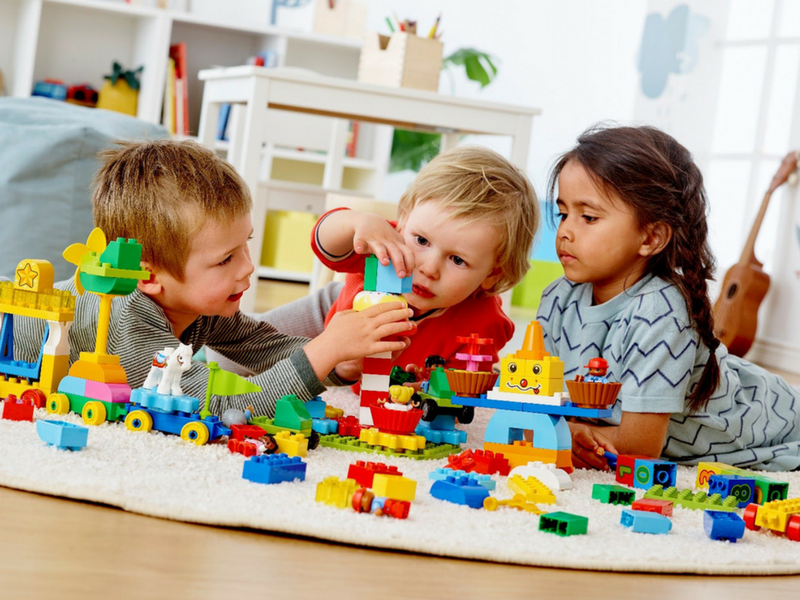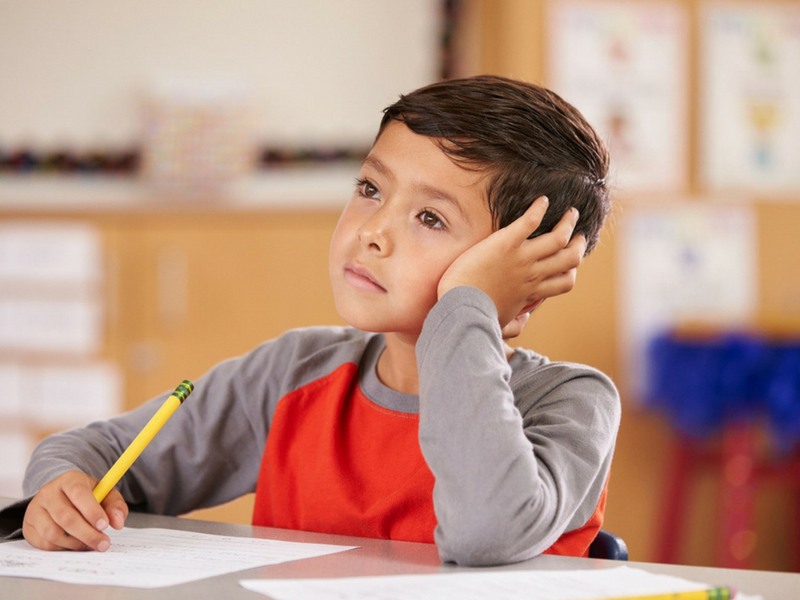Mommy’s note:
Note to myself, to give more positive attention to my kids in order to promote positive behavior.
Your kids want attention all the time. How do you know if you are giving them the right amount of attention? How sure are you if you are giving them the right kind of attention?
In this video, Jason Kreidman explains the 3 types of attention in parenting psychology:
- The positive attention which is used to rewards our kids
- The negative attention when they misbehave
- No attention when we ignore them
The key is to cut down on the negative attention given to your kids. Giving kids positive attention will reinforce the positive behavior.
Watch this video now to learn how could you raise well-behaved kids using attention!


